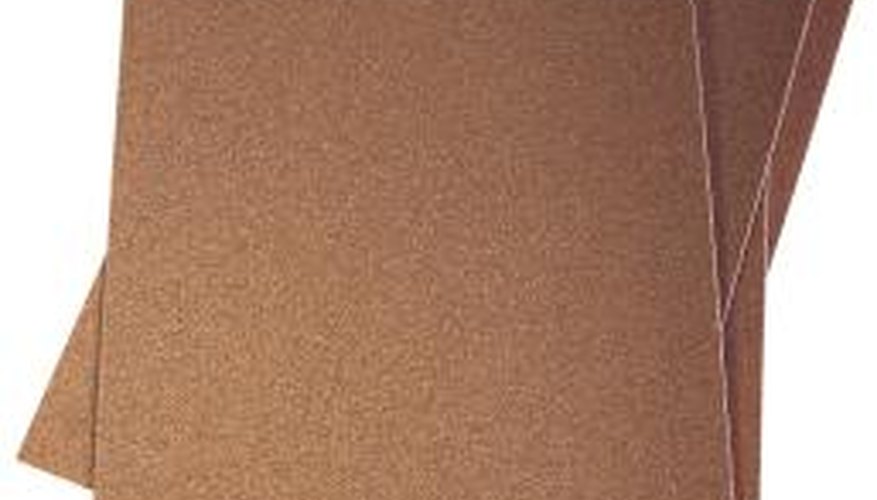Favoured for compact size and versatility, cedar blocks infuse linen cabinets, closets, suitcases and other storage spaces with the forest-fresh aroma of natural cedar wood. Cedar blocks also prevent insect larvae from infesting and devouring wool, linen, cotton and many other fabrics. Although cedar blocks maintain a strong scent for years, they accumulate dust build-up, which clogs the cedar's small pores. Sunlight and air also cause cedar blocks to eventually stop releasing aromatic oils. Promptly restoring cedar blocks protects your fabrics from deterioration. Fortunately, you can quickly refresh cedar blocks using basic techniques.
- Favoured for compact size and versatility, cedar blocks infuse linen cabinets, closets, suitcases and other storage spaces with the forest-fresh aroma of natural cedar wood.
- Although cedar blocks maintain a strong scent for years, they accumulate dust build-up, which clogs the cedar's small pores.
Sand all six sides of the cedar block lightly with 60-grit sandpaper to cut the wood's pores and expose new oil pockets. Follow the cedar block's natural grain lines.
Continue lightly sanding the cedar block until each side turns red. Do not over-sand, just sand until the brown layer of wood disappears. The red colour indicates fresh cedar oil.
Wipe the entire cedar block with a dry cloth. Thoroughly remove all dust and grit fragments from the cedar block.
- Continue lightly sanding the cedar block until each side turns red.
- Thoroughly remove all dust and grit fragments from the cedar block.
Smell the cedar block to determine how strong its aroma is. If the cedar block is red but still not very fragrant, spray natural cedar oil extract generously onto each side of the cedar block.
Place the damp cedar block on waxed paper to air-dry. Let the cedar block absorb the oil for 24 hours before use.
WARNING
Never seal cedar blocks with any product; sealants permanently trap natural oils inside cedar blocks and prevent fragrance from emitting.
